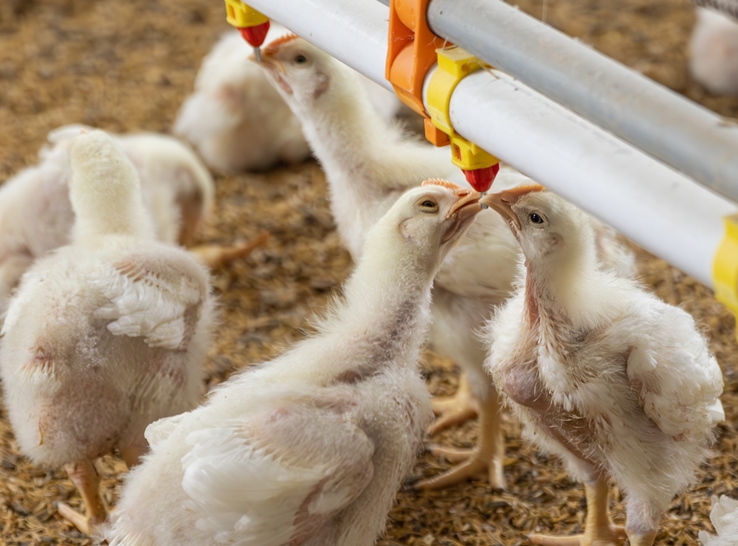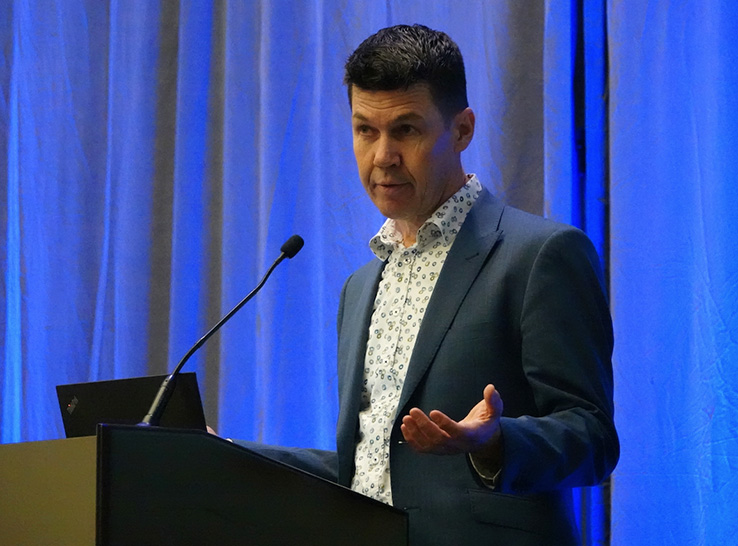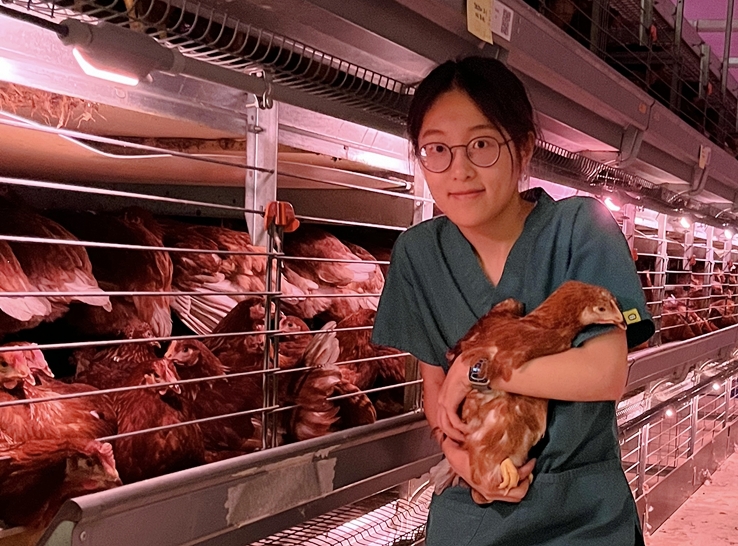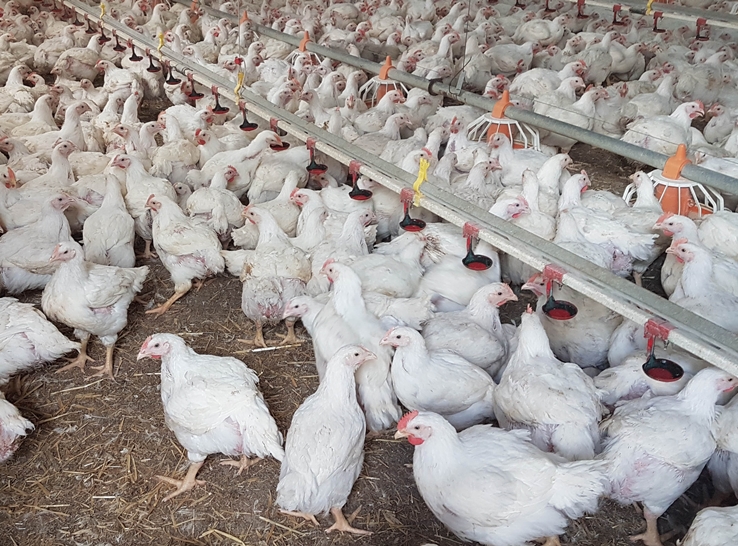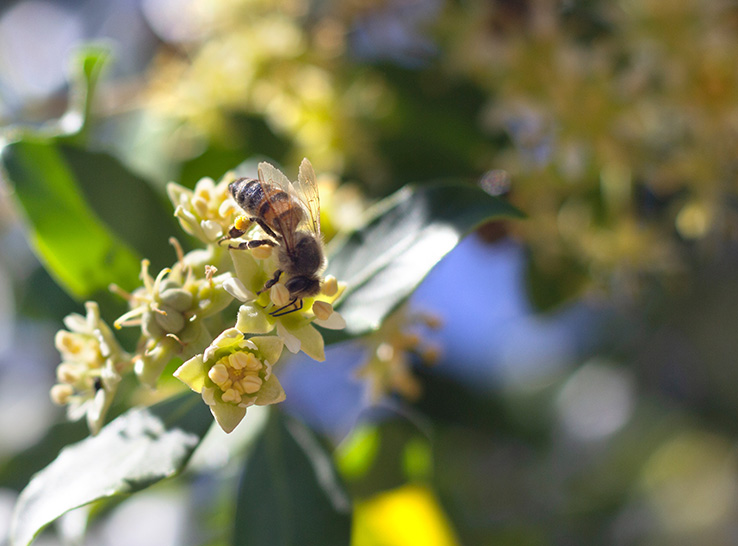Breeding birds for efficient cage-free production requires developing healthy hens that lay an egg every day for 100 weeks and possibly up to 200 weeks in the future, reported Sijne Van der Beek, PhD, chief technology officer, Lohmann Breeders, The Netherlands.
“We demand more and more from the hen,” Van der Beek said. “The [cage-free] environment is challenging, and what we ask from the hen is challenging.”
To help the layer industry manage the shift, genetics companies need to bring birds into a cage-free environment, collect data and select. They also need to find specific limiting traits.
Van der Beek discussed new cage-free data-collection methods in a presentation at the 2023 Poultry Science Association conference.
New systems for hen data
For example, Lohmann installed single-nest boxes, also called manual-trap nests, to measure individual hen performance in cage-free barns. A hen goes into a nest and is kept there while laying an egg. The hen is released once it is scanned and the egg recorded.
“We can measure performance; we can measure if hens stay healthy; we can measure the feathering,” Van der Beek added. “By simply putting in the right amount of labor in the right facilities, we can collect the data in this cage-free environment.”
Automatic sensor technology
The company also invested in automated systems that use sensors to monitor a hen’s every move.
“We can see when a laying hen goes into the nest,” Van der Beek said. “We can measure if she lays an egg, because the egg rolls away, and that’s measured with a sensor.
“We determine when she goes to the nest and how long she is in the nest. Does she always go to the same nest or to another nest?”
The result is a rich collection of data that breeders can use for trait selections. For example, data from egg sensors showed that brown layers typically start laying earlier in the day than white layers.
But more importantly, they can study individual layers and discern laying patterns. “For 69 days in a row, [one] hen laid an egg every day,” he said. “This can only happen if she has a very stable laying pattern.
“With this automated data recording…you can start to study patterns and identify birds that have the required pattern.”
Selecting for behavior
Also important in the selection process is identifying specific traits that are limiting like behavior and bone quality, which are both very important.
“The single biggest challenge to selection is the bird that performs best in cage-free is not necessarily the best bird,” Van der Beek explained. “It is possible those birds do best at the cost of others. They might be the birds that are more dominant, peckers or more aggressive.
“If you [consistently] select those birds, you might end up selecting aggressive or dominant birds, and the performance of the flock will go down.”
Selecting for social-interaction behavior is difficult. Van der Beek said the only way today to reliably select for social behavior in cage-free is to use cages.
“What has been proven in a lot of research from many universities is you bring a family into a cage and then compare families,” he reported.
“Families that have the right, desired behavior will show they don’t die. They don’t peck each other and have nice feathering after long periods.”
Bone quality has become another important selection trait, Van der Beek added.
“We do routine keel palpation on all our laying hens,” he said. “We can measure the difference in keel bone quality and it’s quite heritable…We have keel scores for all our lines.”

